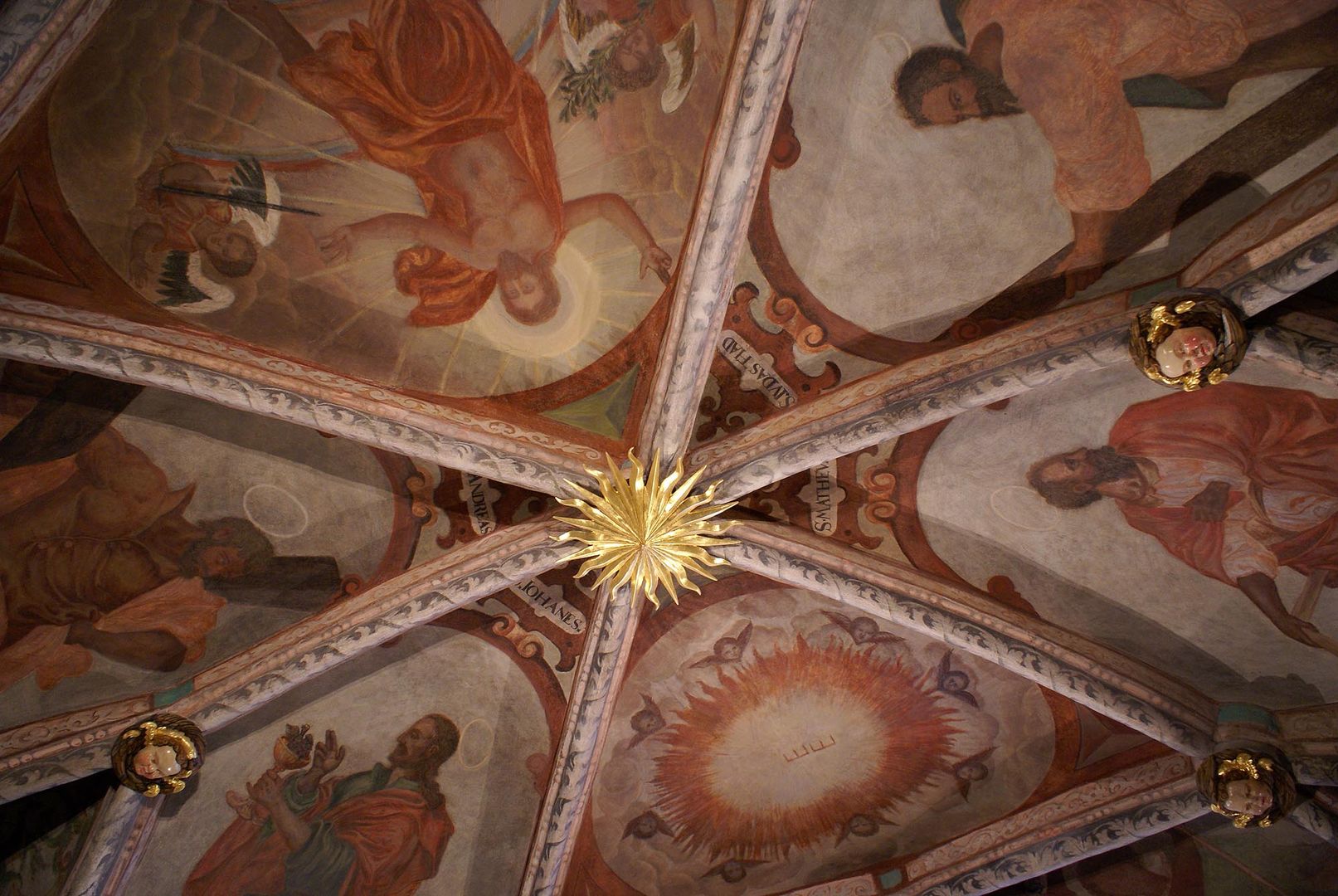St. Elizabeth's Basilica in Wrocław
6.89

Overview
St. Elizabeth's Church in Wrocław, also known as the Basilica of St. Elizabeth, is a Gothic structure with a tower reaching a height of 91.46 meters, which was once the tallest in Silesia. Built in the early 14th century, it exemplifies reduced Gothic style, featuring a three-nave basilica with slender arcades and cross vaults. The church gained significance as one of the two former parish churches of Wrocław, dedicated to St. Elizabeth of Hungary. Throughout its history, the building underwent numerous transformations and suffered various damages. It first became Protestant in 1525. The most severe destruction occurred during fires, particularly in 1975 and 1976, when many valuable elements of the interior were lost, including the organ. However, the church was fortunate to survive World War II largely unscathed. The residents of Wrocław can enjoy a panoramic view of the city from the viewing terrace in the tower, accessible via over 300 steps, offering sights ranging from the market square to Śnieżka Mountain. In the 1990s, the church acquired new functions, and in 1998, a civil-military parish was established here. It also houses the Mausoleum of Memory of the Polish Underground State and the Home Army, underscoring the cultural and historical importance of this site. An interesting feature is the polychromes discovered in the Smedchin Chapel, which blend medieval and Renaissance characteristics, bearing witness to the rich artistic history of the Wrocław church. Over the centuries, it has encountered various disasters, making this building a testament to the changing fortunes of European history and culture.
Location
Tickets
Powered by GetYourGuide
2025 Wizytor | All Rights Reserved